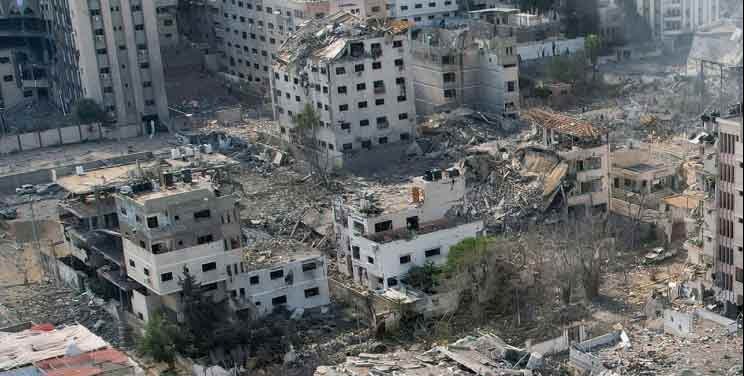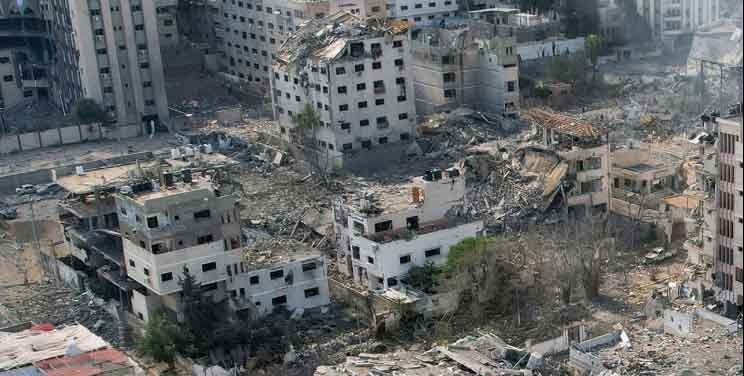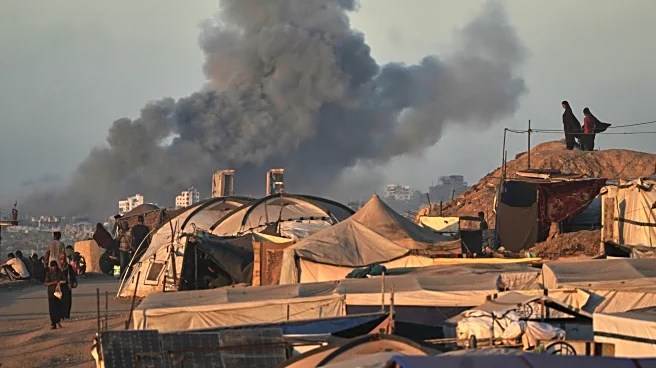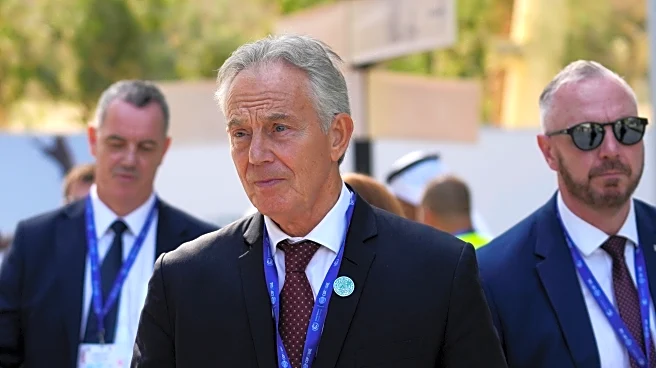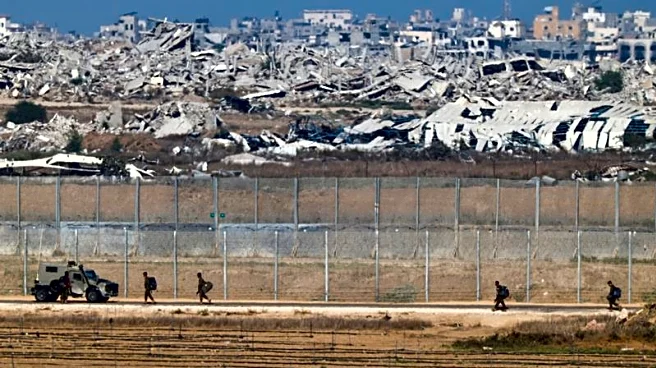What's Happening?
President Donald Trump has revealed a new ceasefire proposal for Gaza following a meeting with Israeli Prime Minister Benjamin Netanyahu at the White House. Netanyahu has agreed to the plan, which includes a ceasefire and the release of hostages, but Hamas has not yet responded. Trump stated that if Hamas rejects the proposal, Israel's military operations against Hamas should continue. The plan aims to end the conflict and provide humanitarian aid to Palestinians, contingent upon Hamas's acceptance.
Why It's Important?
The proposal is crucial as it offers a potential resolution to a conflict that has caused significant loss of life and destabilization in the region. By securing Israel's agreement, the plan takes a step towards peace, but its success hinges on Hamas's response. The plan's implementation could lead to improved living conditions for Gaza's residents and a reduction in hostilities. However, the potential for continued aggression remains if Hamas rejects the proposal.
What's Next?
The next steps involve securing Hamas's agreement to the plan, which remains uncertain. If Hamas rejects the proposal, Israel may continue its military operations in Gaza, with Trump's backing. The plan's implementation would require careful coordination among international stakeholders, including the establishment of the 'Board of Peace' to oversee Gaza's governance and reconstruction. The situation remains fluid, with potential resistance from within Israel's government and skepticism from Palestinian factions.
Beyond the Headlines
The plan raises ethical and legal questions about the future governance of Gaza and the role of international bodies in conflict resolution. It also highlights the challenges of balancing humanitarian needs with political realities. The proposal's emphasis on international oversight and redevelopment could set a precedent for future conflict resolution efforts in the region.

